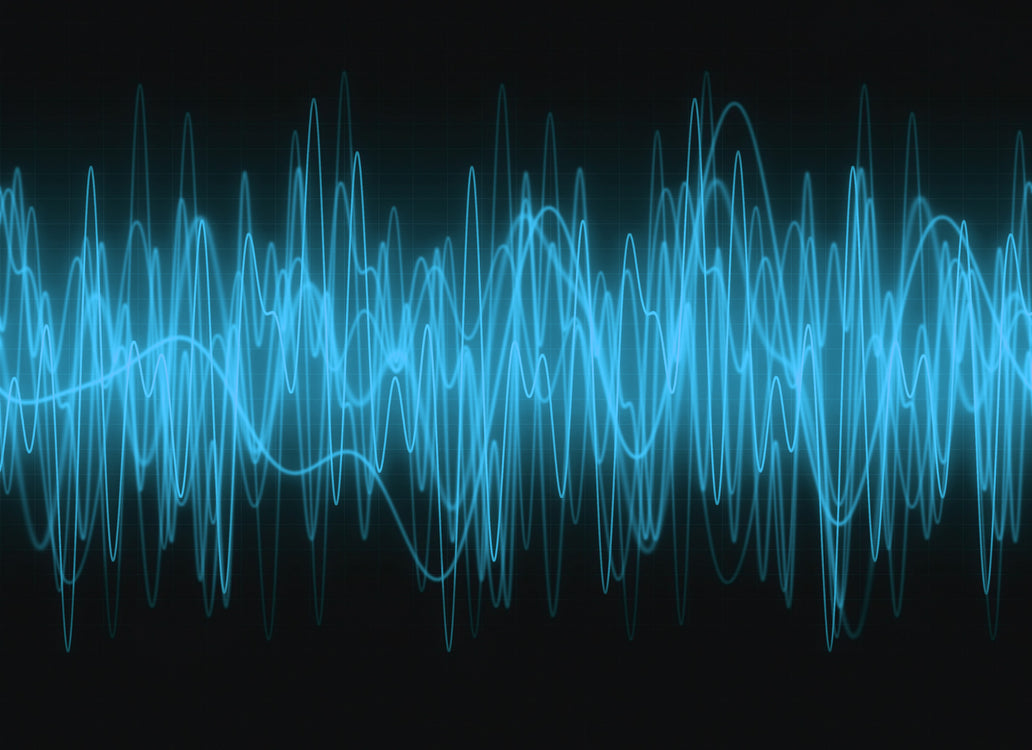
If you’re a using a BTD-300 or BTD-400 Bluetooth adapter under Windows 10, you may have noticed that some features are missing. For example, the ability to share files via Bluetooth is available in Windows 8.1 after installing the software that comes with your BTD, but under Windows 10 the installation disc isn’t normally used. Without the software on the installation disc, you won’t be able to transfer files or initiate calls on a smartphone from a computer.
Fortunately, Broadcom has released an updated package that brings those features to Windows 10. This WIDCOMM Bluetooth Software upgrade resolves some installation and stability issues that people were running into when attempting to install the older version from the disc or from our support site. The BTD-300 and BTD-400 can still be used without that software, but it will fall back on built-in drivers provided by Microsoft with Windows. Those drivers aren’t as full-featured, and generally only support headsets, speakers, mice, and keyboards.
The new software can be downloaded directly from Broadcom at:
http://www.broadcom.com/
After following the link, scroll down to the “Drivers” table and locate the link that corresponds to your hardware and version of Windows. If you aren’t sure whether your computer is 32-bit or 64-bit, you can find out by right-clicking the Computer icon on your desktop, choosing Properties from the menu that appears, and looking at the System Type line. After locating the correct version, click the arrow to the left to start your download. Run the installer, and when the installation process is over, reboot your computer.
After rebooting, open the Devices and Printers control panel to begin pairing your smartphone. To reach the Devices and Printers control panel, click the Start button in the bottom-left corner of the screen, type “devices and printers” to do a quick search, then click on Devices and Printers when it appears in the search results. In the Devices and Printers control panel, click the Add a Device button in the top-left corner to begin searching for nearby Bluetooth devices to pair to.
If you’re pairing an iPhone or iPad, just open the Bluetooth page in the Settings app to make the device visible to the computer. If you’re using an Android device, open the Bluetooth settings, then tap the option to make the device visible. When Windows detects the device you’re trying to pair, double-click it to begin the pairing process. It can take several minutes to finish pairing and to load all of the new drivers that are available. When the process is complete, you should have a new listing in the Devices and Printers control panel for your phone or tablet. Right-click your device in Windows and choose Control to see a list of the features that are now available.
If there are devices listed here that you were using before you updated the Bluetooth software, it’s a good idea to re-pair them. To re-pair a headset, just right-click it and choose Remove Device. When it has disappeared from the list, repeat the normal pairing process.
Now that you’ve updated your Bluetooth drivers and paired your devices, you should have access to all of the Bluetooth services they offer.

